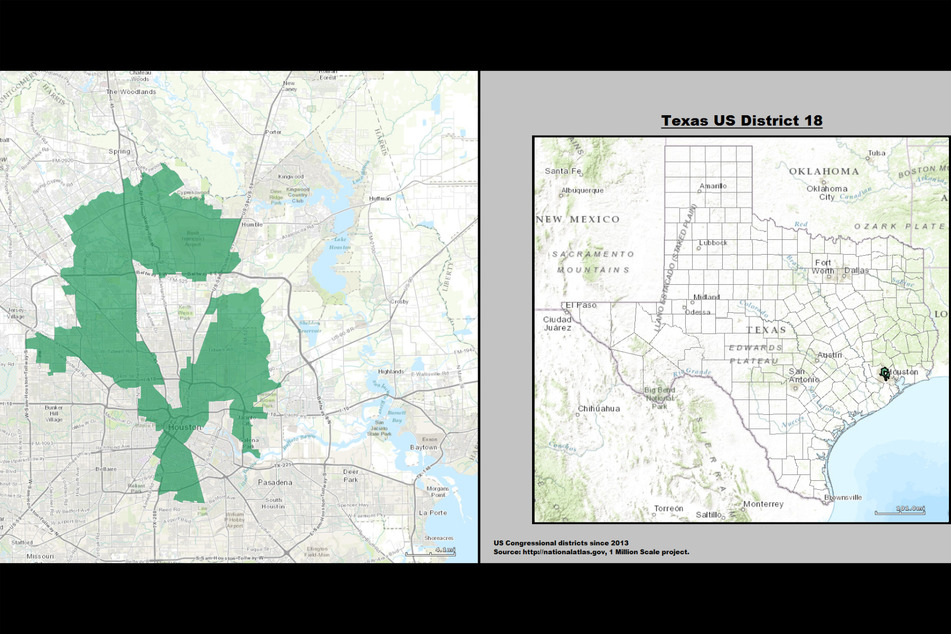Suburbs take center stage in redistricting fight after release of US Census results
Washington DC – The results of the Census data required for redistricting are out, and it looks like the map-drawing fight will center, in large part, around the suburbs.

According to the Associated Press, the detailed Census data released on Thursday showed rapid growth in the suburbs and shrinking rural populations across the US.
The biggest gains occurred in Republican-controlled states like Texas and Florida, but often in and around largely blue cities.
All of this information will be crucial as states prepare to redraw their maps for a collective total of 429 House districts, each of which should cover a roughly equal population size. The maps last for a full decade until the next Census results are released.
The stakes are high this time around, as Republicans only need to gain five seats to take control of the House.
While some states allow independent or citizen-led commissions to lead the map-drawing process, many still leave it up to the party in control of the state government to dictate the process. Essentially, that means that politicians can manipulate the districts to facilitate their own election.
Due to the gains in growing states, Republicans are generally seen as having the advantage this cycle, though Democratic support in urban and suburban areas could make that advantage slimmer than it was during the last round of redistricting.
According to the Cook Political Report, the significant decline in non-Hispanic whites from 64% to 57.8% of the total population could also play to the Democrats' advantage.
All eyes are on Texas as redistricting heats up

One state that will remain in the spotlight throughout the redistricting process is Texas. The Lone Star State was the only one to gain two new districts when the first batch of Census data was released last spring.
Similar to dynamics in other parts of the country, Texas saw a big growth in urban and suburban populations and a decrease in rural residents.
Though Texas is generally considered a Republican stronghold and its GOP-led government will control redistricting, it has also witnessed a growing number of urban and suburban voters siding with the Democrats.
Indeed, Biden and Trump came out almost even among Texan suburbanites in the 2020 election.
Joshua Blank, research director of the Texas Politics Project at the University of Texas, commented, "The question is going to be how creative this new data will force Republicans to get in maintaining or expanding their advantages, given an increasingly diverse, increasingly urban population."
Will Republicans be able to engineer their own electoral success in 2022 through redistricting, or will Democratic strength in suburbs and urban areas be enough to deny them the five additional House seats?
One thing's for sure: due to delays in data release resulting from the Covid-19 pandemic, the parties are operating on a much shorter time frame to secure their own interests.
Cover photo: IMAGO / ZUMA Wire

